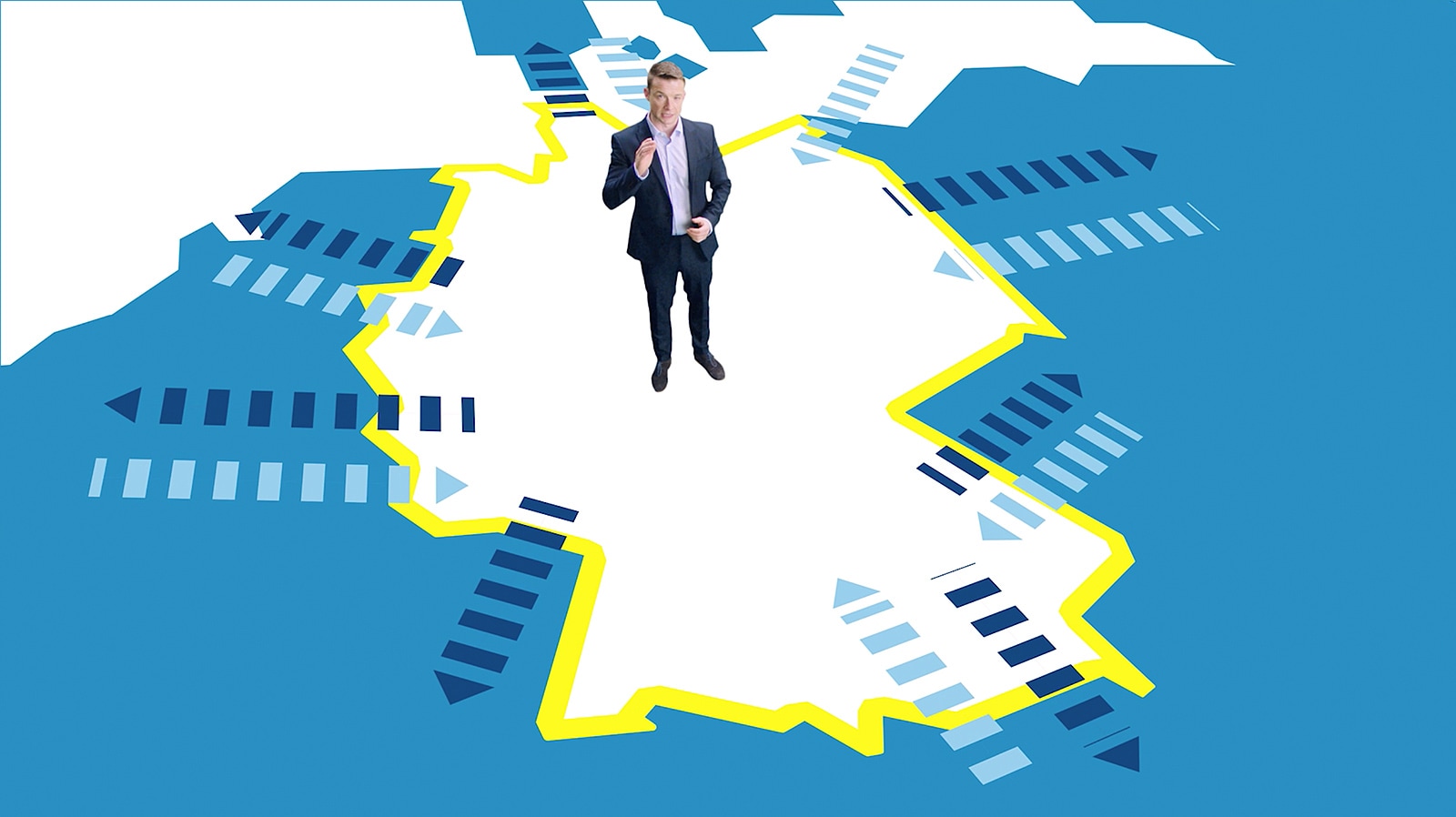FAQ
Do you have questions about the hydrogen network?
We answer a few questions here. If you have any further questions, please feel free to contact us.
How can I get my hydrogen project connected to the grid?
The development and expansion of a nation-wide hydrogen grid in Germany is essentially planned by the future hydrogen network operators as part of a joint process managed by FNB Gas. This process is based on the hydrogen sources and sinks identified by the Hydrogen Production and Demand Survey ("Wasserstofferzeugungs- und -bedarfsabfrage" – WEB). If you want to report your hydrogen production capacities/demand to OGE separately from the WEB process, you can do so using the form provided on this page. This will allow us to include your projects in our future plans, even retrospectively.
Where technical facilities are connected to the grid, contracts must be concluded between you as the connection user and OGE regarding the connection and grid usage. In addition, the minimum technical requirements for connections to Open Grid Europe’s grid and gas pressure regulating and metering stations (for connections in the hydrogen grid) have to be observed.
What will hydrogen transportation cost?
It is not yet possible to specify costs and charges. An overview of the terms and basic principles of cost recognition and fee determination for network operators who have opted for a regulated regime (opt-in regulation) can be found in section 28o of the Energy Industry Act (EnWG) and in the Hydrogen Network Charges Ordinance (WasserstoffNEV).
The German government is looking to subsidise the hydrogen infrastructure at the start of the market ramp-up, which will have an impact on the actual level of charges for hydrogen shippers. The aim here is to avoid high charges and sudden increases.
Further information and current developments can be found on the website of the Federal Network Agency: Fachthemen » Elektrizität und Gas » Wasserstoff » FAQ (only in German)
What will be the quality of the hydrogen in OGE's future hydrogen network?
Code of Practise G 260 (A) entitled "Gas Properties" published by DVGW, the German Gas and Water Industry Association, defines two groups: Group A (hydrogen content >= 98 mol-%) and Group D (hydrogen >= 99.97 mol-%). The quality of group D conforms to the requirements of EN 17124 for hydrogen-powered fuel cell vehicles.
OGE’s hydrogen infrastructure, which will be gradually expanded by repurposing existing pipelines and building new pipelines, will transport Group A hydrogen. The limits for accompanying substances were largely defined on the basis of the specification currently in place for accompanying substances in natural gas. Technically, it is possible to convert Group A into Group D by using purification techniques.
Can existing gas pipelines be used for hydrogen?
The steels used to make the natural gas pipelines earmarked for conversion are basically suitable for hydrogen. Many of today's pipelines were already used in the past for hydrogen in the form of so-called town gas which contained high levels of hydrogen. Given our longstanding experience with hydrogen in Germany, we know that our pipelines chosen for the planned hydrogen network are suitable for hydrogen. Depending on the design, it may be necessary to replace valves or other components, but this will much less expensive than building infrastructure from scratch.


